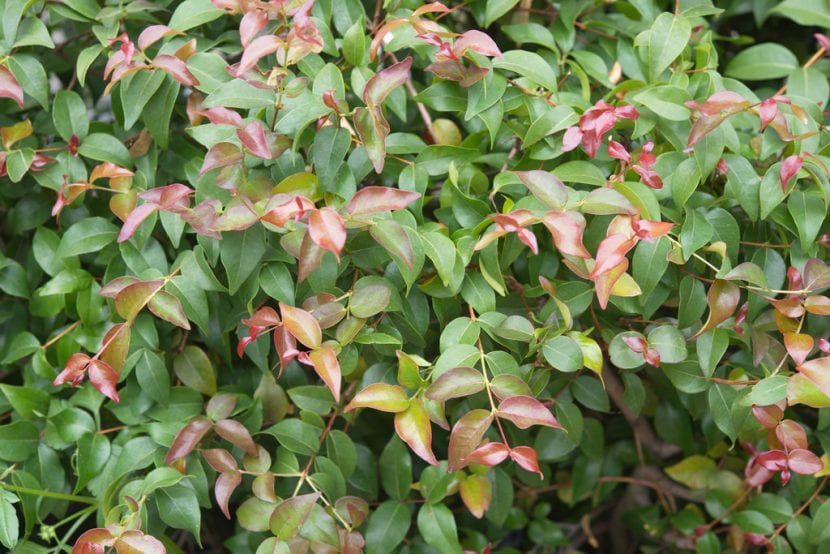
Do you need a large bush or a small tree that will provide you with some shade and that also produces edible fruits? Then do not hesitate: the eugenia uniflora is one of your best candidates.
With very simple care and following the advice that I am going to offer you below, I'm sure you're going to enjoy it a lot.
Origin and characteristics
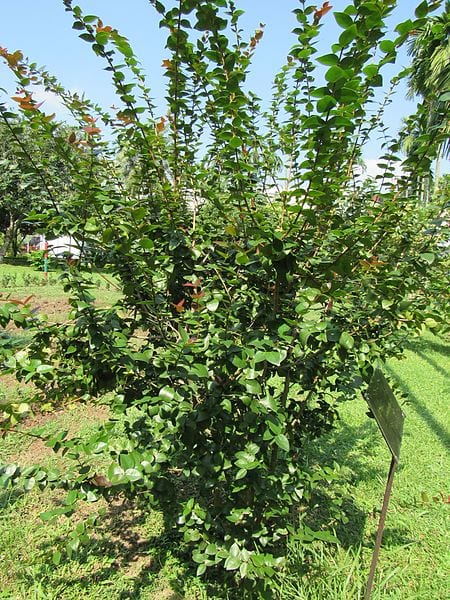
Our protagonist is a large bush or a small tree whose scientific name is eugenia uniflora which is popularly known as ñangapiry, capulí, pitanga, currant or cayenne cherry. It is native to the tropical jungles of Venezuela, Argentina, Brazil, Paraguay, Bolivia and Uruguay.
It reaches a height of up to 7,5m. Its branches are thin and sinuous, composed of evergreen leaves, simple, opposite to elliptical, glabrous, with a length of between 4 and 6,5 cm, slightly aromatic. These are also coppery when they sprout, and little by little they turn green. In winter they turn reddish, and can fall if the weather is mild.
Blooms in spring. The flowers are white, solitary or appear in groups of up to four in the foliar axillaries. The fruit is an oblate berry, up to 4cm in diameter, with eight visible ribs that go from green to orange and deep purple when ripe, something that does three weeks after flowering.
What are their cares?
If you want to get a copy, we recommend providing the following care:
Location
It is important that you place your eugenia uniflora outdoors, either in full sun or in semi-shade.
Earth
- Flower pot: universal culture substrate mixed with 30% perlite.
- Garden: grows well in almost any type of soil -except saline-, as long as they have good drainage.
Irrigation
The frequency of irrigation will vary depending on the climate and the season of the year in which we are. Still, you have to know that generally it should be watered 3-4 times a week in summer and every 5-6 days the rest of the year.
Subscriber
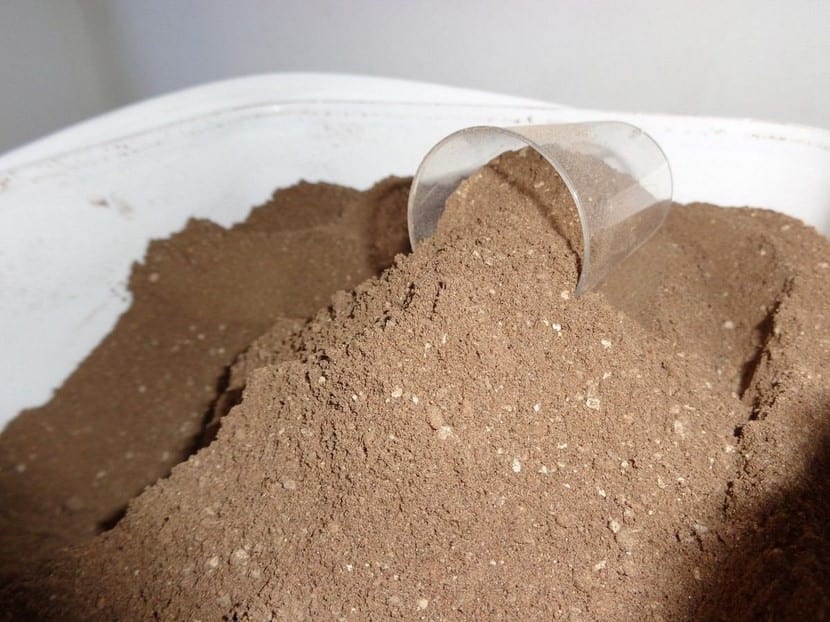
Guano powder.
Being a plant whose fruits are edible must be paid with organic fertilizers (guano, manure, compost, etc.). The only thing we have to keep in mind is that you have to use the liquids if it is in a pot since otherwise it could complicate the water drainage.
Pruning
Pruning is not advised. A pruned specimen will bear less fruit than one that has been allowed to grow freely. Even so, if necessary, dry, diseased or weak branches will be removed at the end of winter.
Harvest
The fruits they are collected as soon as they fall with the simple touch. In this way, the intense resin flavor of the half-ripe fruit is avoided.
Multiplication
Seeds in spring
To multiply it by seeds you have to do the following:
- First, a tray of seedlings is filled (you can buy it here) with universal culture substrate mixed with 30% perlite.
- Second, a maximum of two seeds are watered and placed in each socket, and they are covered with a very thin layer of substrate.
- Third, it is watered again, this time with a sprayer.
- Fourth, the seedling is placed in a plastic tray without holes.
From now on, you have to water every 2-3 days, directing the water to the tray that does not have holes.
Thus, they will germinate after a month.
Cuttings in spring
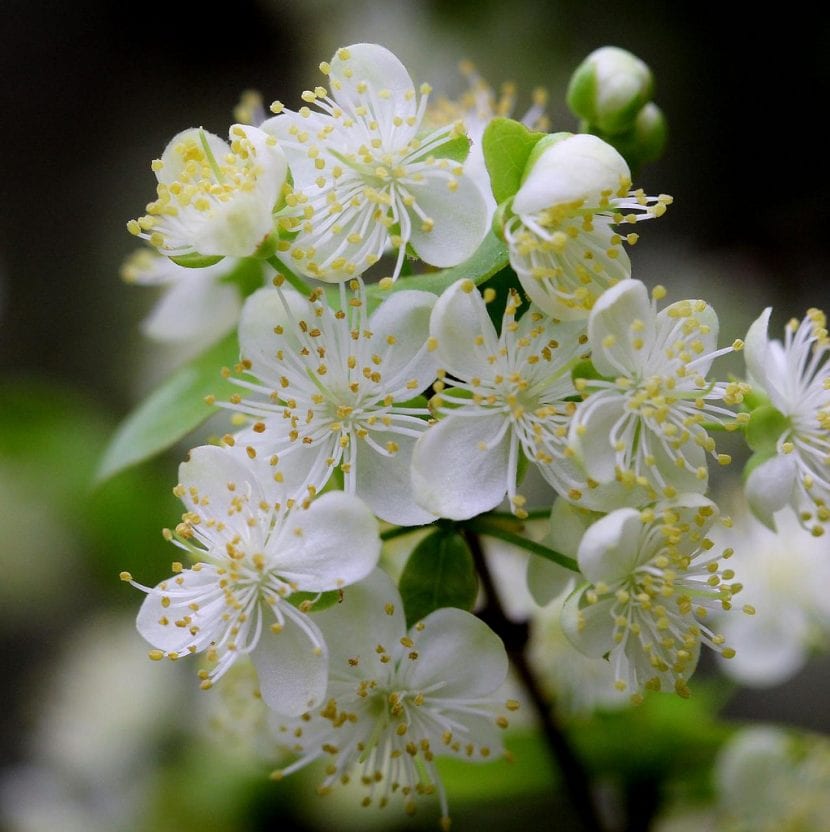
To multiply by cuttings, you have to do the following:
- First, a branch of about 30-35cm is cut.
- Then the base is impregnated with homemade rooting agents.
- Afterwards, it is planted in a pot with vermiculite and watered.
- Finally, the pot is placed outside, in semi-shade, and it is watered, preventing the substrate from drying out completely.
In this way, we will get new copies after 1 or 2 months.
Rusticity
La eugenia uniflora withstands frosts down to -3ºC.
What uses does it have?
Ornamental
It is a plant with great decorative value. Can be used as an isolated specimen or in groups. Over time it comes to give a pleasant shade that can be enjoyed by both the family and other plants that are shorter 🙂.
As if that were not enough, it can be worked as bonsai.
Bonsai eugenia uniflora
The care you need as a bonsai are the following:
- Location: outside, in semi-shade (it must have more light than shade).
- Substratum: 70% akadama + 30% kiryuzuna.
- Irrigation: every 1-2 days in summer, somewhat less the rest of the year.
- Styles: it is suitable for everyone.
- Subscriber: every 15 days in spring and summer with a liquid organic fertilizer, such as guano.
- Pruning: late winter. 6 to 8 pairs of leaves should be allowed to grow, and 4-5 pairs removed.
- Transplant: every 2-3 years.
- Rusticity: it does not support cold or frost.
Culinary
Without a doubt, it is the most popular use. The fruits can be eaten fresh, whole or broken. If you like sugar, you can add a little to taste its sweetish flavor; although you should also know that you can prepare preserves, jellies, jams and / or juices with them.
Medicinal
- Leaves: in infusion it is used to benefit from its diuretic, digestive and antidiarrheal properties.
- Cortex: in decoction, it is used for tonsillitis and other throat problems.
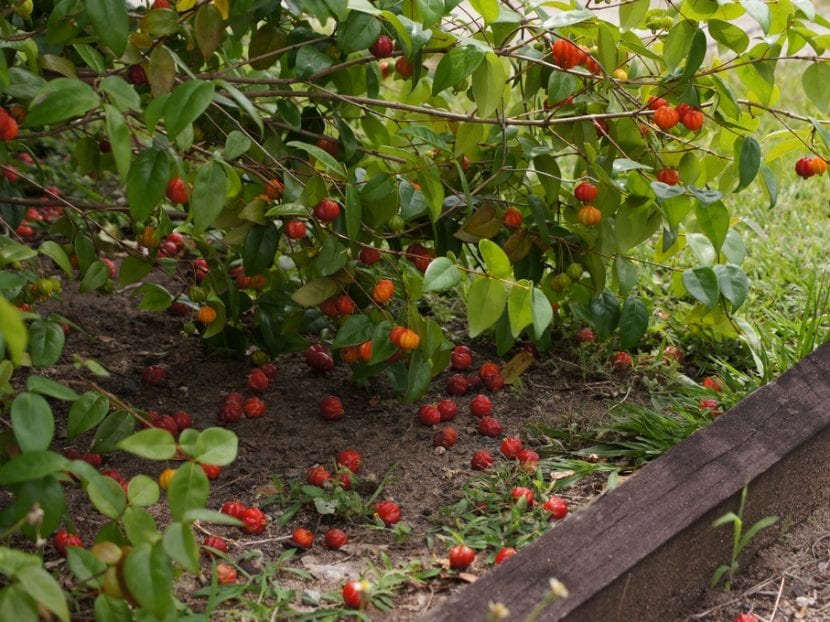
And with this we are done. What did you think of eugenia uniflora?
good, I would like to know how long (longevity) this tree lives approximately. Thank you
Hello Santino.
I can't tell you, but if we take into account its place of origin and its characteristics, its life expectancy is probably around 70 years.
Regards!
Hi ! The fruits of EUGENIA MYRTIFLORA are edible, because I see that they are different. Thanks for your answer !!
Hello Silvia.
Yes, they are very different. In fact, the Eugenia myrtiflora has become Syzygium paniculatum. But yeah, it's edible too 🙂
Regards!
I have had it on my terrace for two weeks, I water it every two or three days but every day more dry leaves appear. What can happen? How do I treat it?
Hello Emilia.
It is possible that it is running out of leaves if it is now in the sun and was previously in the shade; or because it is being watered too much.
My advice is that you water when the earth is drying up, and that you look at its leaves to see if they have any pests. If so, you can clean them with mild soap and water.
Greetings.
Very good info
Thanks Lyliam. We are glad that you have found it interesting. Greetings!
Thank you, I will take better care of my Eugenia.
Hello!! Is it adaptable to make fences or windbreaks?
Hello Maria.
Yeah right. It tolerates pruning very well, so they can be made beautiful and practical hedges 🙂
Greetings.
I brought the plant from the nursery and transplanted it to a larger pot. I live on a 10th floor. After a few days the leaves began to fall from the lower branches, I water it every 3 days when I see that the soil is dry. It's spring, what should I do, thank you very much.
Hi Clara.
It is normal for the leaves to fall, especially the lower ones since they are the oldest. But if they fall in large numbers, and the plant does not grow new, then you have to think that perhaps it is being watered too much or that it has a lot of humidity.
Do you have it in a pot without holes or with a plate underneath? If so, it is highly recommended to transfer it to a pot with holes. You can keep the plate underneath, but it is necessary that you remember to remove the water that is left after each irrigation, so that the roots do not rot.
On the other hand, do you have it near fans, air conditioners, windows? Drafts can also harm you, so the further away you are from them the better.
Greetings.
Hola!
I have been pleasantly surprised, with all the information they have, of this beautiful bush, I did not know anything about it .. it was my birthday gift from my mother .. infinite thanks for making all the information known clearly and accurately.
Thanks for your words, Norma 🙂